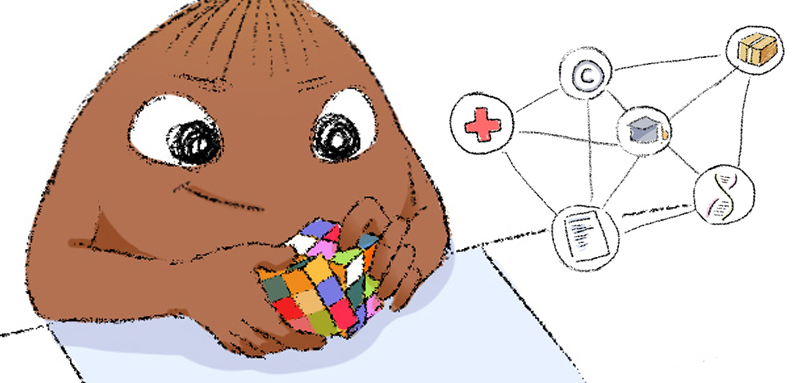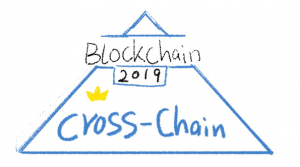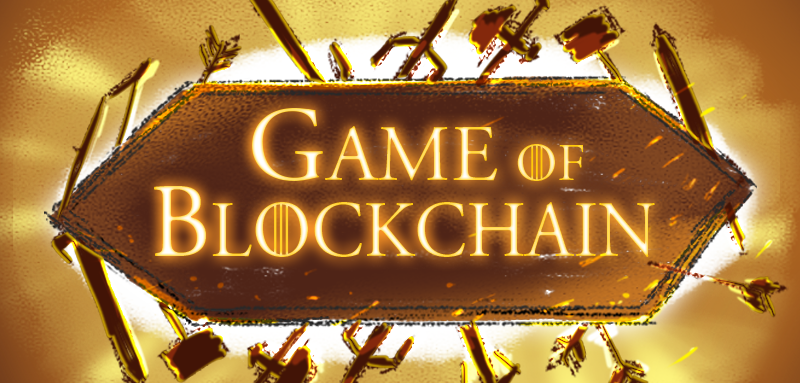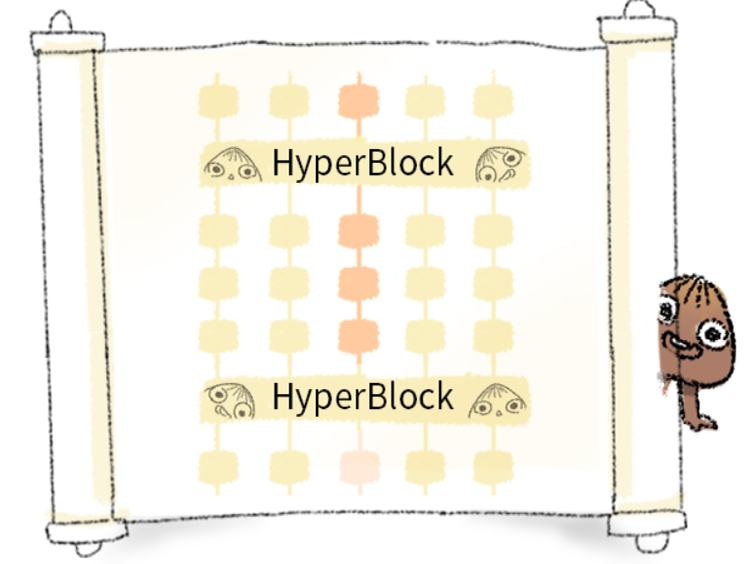
Traditional proof-of-work (PoW), proof-of-stake (PoS), and other classical algorithms require a fierce competition to determine who gets to be the final ledger writer. PoW competes on computing power, PoS competes on the amount of money one has, and PBFT has high communication complexity and only applies to consortium chains and private chains.
Is there a solution that can ensure efficiency while avoiding this pointless competition? This is where Paralism Buddy algorithm comes in. The Buddy algorithm allows nodes that are related to business to form partnerships, confirm with each other, and generate consensus by finding the greatest common denominator. Ultimately, during the hyperblock stage, an overall consensus is formed, ensuring both efficiency and fairness in the whole process. Continue reading “Buddy Consensus-Form a global consensus”










